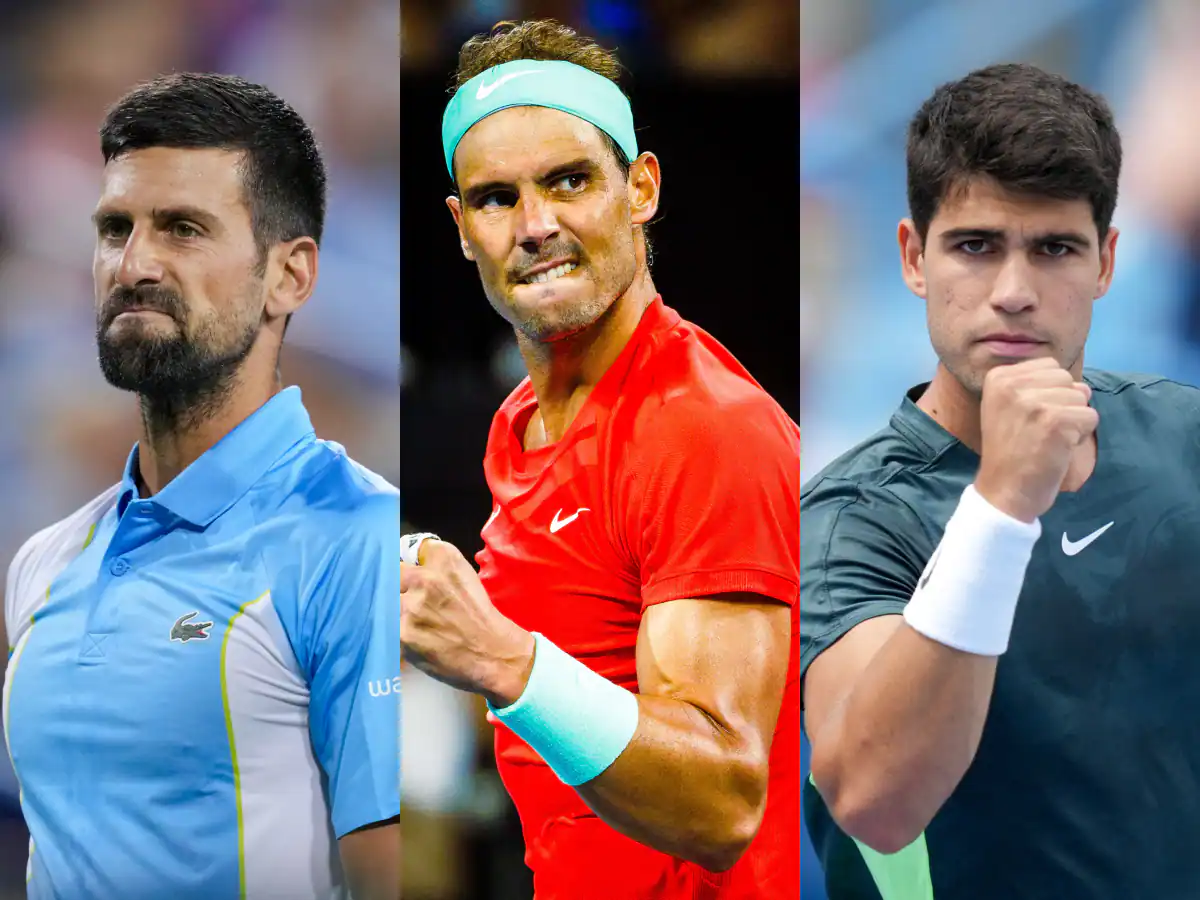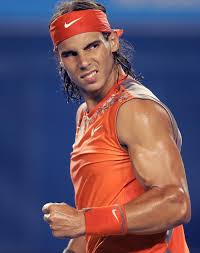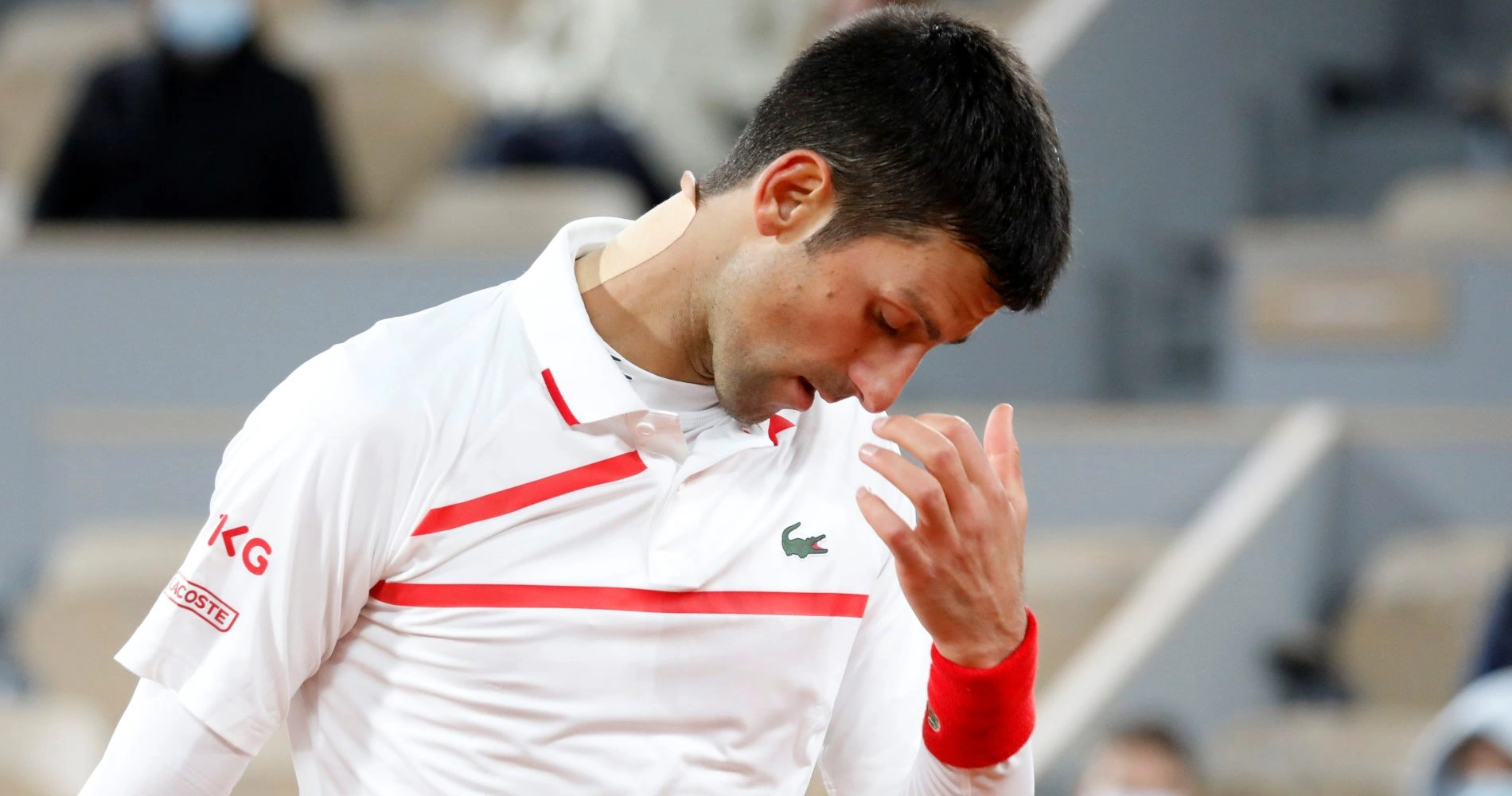ATP Board Member Criticizes the Six Kings Slam Exhibition, Questions Its Timing and Impact
The highly anticipated Six Kings Slam exhibition event, featuring tennis stars Novak Djokovic, Rafael Nadal, Carlos Alcaraz, Jannik Sinner, Daniil Medvedev, and Holger Rune, has come under fire from ATP board member Herwig Straka. Straka, who serves as a member of the ATP Board of Directors and is the director of the ATP 500 tournament in Vienna, has expressed strong reservations about the event’s mid-season scheduling. He believes the exhibition not only conflicts with the ATP Tour but also undermines tournament participation, particularly that of defending champion Jannik Sinner in Vienna.
The Six Kings Slam exhibition, scheduled to take place from October 16 to 19, comes at a critical juncture in the tennis calendar, overlapping with the ATP 500 Vienna tournament. As the director of the Vienna tournament, Straka voiced his frustration over the event’s timing, which effectively prevents key players, like Sinner, from participating in one of the year’s more prestigious ATP events.
Straka’s Discontent with Exhibition Events
In an interview with L’Equipe, Straka did not hold back in expressing his disappointment with the surge of exhibition events, including the Six Kings Slam. “Generally speaking, I’m not happy with the exhibitions,” Straka remarked. “This week’s one obviously doesn’t satisfy us because it potentially prevents us from having certain players for our field, including our defending champion, Jannik Sinner.” His concern is not just about the absence of Sinner, but about the growing trend of exhibition matches clashing with official ATP tournaments.
According to Straka, exhibitions like this one can negatively impact the integrity of the ATP Tour. He believes that exhibitions scheduled during the regular season are counterproductive, especially when players complain about a congested schedule. “And the players complain about playing too much, while they go to exhibitions during the season,” Straka pointed out, noting the irony in the players’ behavior.
A Question of Timing and Prioritization
Straka’s concern primarily revolves around the timing of the Six Kings Slam event, which he believes is poorly placed within the tennis season. As ATP tournaments ramp up during the latter part of the year in preparation for the ATP Finals, having a star-studded exhibition event could overshadow and detract from ATP-sanctioned competitions. This is especially true for a tournament like Vienna, where top players are expected to compete, and where the absence of a player like Sinner—Vienna’s defending champion—can significantly affect the tournament’s draw and fan interest.
Straka’s criticisms also touch on a broader issue within the tennis world: the balance between official ATP tournaments and lucrative exhibition events. Players are independent contractors, not bound exclusively to the ATP, which allows them the freedom to participate in exhibitions. Straka highlighted this complexity, saying, “It’s more a matter of convincing them that this system helps them more than the fact of playing exhibitions. But legally, we can’t do much in terms of restrictions.”
His comments reflect a growing tension between the ATP and exhibitions that are not sanctioned by the organization. For Straka, the timing of such exhibitions undermines the ATP’s efforts to organize a cohesive and competitive calendar, and this disconnect is becoming more evident as top players increasingly opt for exhibitions over official tournaments.
Balancing the ATP Tour with Lucrative Exhibition Events
The rising popularity of exhibition matches is partly fueled by their financial appeal. Exhibitions like the Six Kings Slam are often backed by lucrative deals, sometimes involving countries with significant financial resources, such as Saudi Arabia. Straka acknowledged this financial incentive, but he remains hopeful that the ATP can reach a future agreement with entities like Saudi Arabia to ensure that exhibitions complement, rather than compete with, the ATP Tour.
Straka’s stance is clear: he wants top players to prioritize the ATP Tour and its tournaments over exhibition events. While exhibitions can offer financial benefits, they can also interfere with the established tennis calendar and detract from official competitions. “This week’s one doesn’t make much sense,” Straka reiterated, underscoring his frustration with the timing and its broader implications for the sport.
Players’ Independence and the “Complicated Situation”
When asked if players’ participation in such exhibitions could be seen as hypocritical, given their complaints about an overloaded season, Straka called it a “complicated situation.” He explained that the ATP does not employ players directly. Instead, they are independent contractors—free to make their own decisions about where and when to play. This freedom, however, also leads to dilemmas for the ATP and tournament directors like Straka, who struggle to maintain a competitive and well-balanced schedule while contending with competing exhibition events.
Straka emphasized that the ATP’s challenge lies not in restricting players but in convincing them that the ATP Tour should be their top priority. While exhibitions like the Six Kings Slam offer substantial financial incentives, Straka believes that aligning with the ATP ultimately benefits the players and the sport as a whole.
In the end, Straka’s concerns highlight the growing tension between official ATP tournaments and independent exhibitions. The outcome of this debate could have far-reaching implications for the future of professional tennis, particularly as top players navigate the increasingly blurred lines between financial opportunities and competitive integrity.





